Ten books banned for nudity
From Huck Finn to Gender Queer, these books challenge taboos and censorship alike
Throughout history, books have been banned for all kinds of reasons: political dissent, religious controversy, racial themes, and sometimes, simply for challenging the norms of the day. But one recurring target of censorship has been nudity — depictions or descriptions of the human body, whether artistic, naturalistic, or part of a larger narrative.
The idea that nudity alone is inappropriate or dangerous has led to countless attempts to suppress literature. What’s ironic, though, is that banning books rarely “protects” anyone, especially children. If anything, it creates a culture of fear and ignorance. Kids and adults alike benefit from engaging with art, even art that makes them a little uncomfortable. That’s how we learn to think critically and understand our humanity.
By banning works that depict nudity, society sends the message that the human body is shameful — a mindset that feeds into a wide range of cultural problems, from body dysmorphia to prudishness that borders on absurdity. Many of these banned books are now celebrated as classics, lauded for their ability to challenge assumptions and open readers’ eyes to broader realities. Let’s take a closer look at ten books banned or challenged specifically for nudity. 🚀
1. The Adventures of Huckleberry Finn by Mark Twain
Reason for Ban: Huck is described as naked in a few scenes, symbolizing his freedom from societal norms.
Mark Twain’s The Adventures of Huckleberry Finn is no stranger to controversy. The book has been banned countless times for its use of racial slurs and its raw depiction of the antebellum South, but there’s another, lesser-known reason: Huck’s nudity. Throughout the story, Twain describes Huck stripping off his clothes to swim or sleep, highlighting his connection to nature and his rejection of societal constraints. Critics have argued that this nudity is inappropriate for younger readers, but Twain’s intention is far from exploitative. Huck’s nakedness is symbolic — a physical expression of his quest for freedom, unbound by the rules of “civilized” life. 🚀
2. Tropic of Cancer by Henry Miller
Reason for Ban: Explicit descriptions of nudity and sexual encounters.
Few books have tested the boundaries of censorship like Tropic of Cancer. Published in 1934, Henry Miller’s semi-autobiographical novel was banned in the United States for decades due to its graphic depictions of sex and nudity. Miller’s writing is visceral and unapologetic, describing the human body and its desires in stark, poetic detail. The nudity in Tropic of Cancer isn’t gratuitous; it’s a reflection of Miller’s philosophy that art should embrace life in all its messy, chaotic, and beautiful forms. The book’s eventual legalization in 1964 marked a significant victory for free expression, challenging outdated notions of obscenity. 🚀
3. Lady Chatterley’s Lover by D.H. Lawrence
Reason for Ban: Explicit sexual content and depictions of nudity.
D.H. Lawrence’s Lady Chatterley’s Lover is a sensual exploration of love, class, and the human body. The novel tells the story of an affair between Lady Constance Chatterley and her gamekeeper, Oliver Mellors, challenging the rigid social structures of early 20th-century England. Lawrence’s descriptions of nudity and sexual intimacy are tender and unapologetically detailed, making the book a lightning rod for controversy. Banned in multiple countries and famously the subject of an obscenity trial in the UK, Lady Chatterley’s Lover became a symbol of the fight against censorship and a testament to the power of art to provoke and inspire. 🚀
4. Maus by Art Spiegelman
Reason for Ban: Brief depictions of nudity in anthropomorphic characters.
Art Spiegelman’s Maus is a groundbreaking graphic novel that tells the story of the Holocaust through the lens of a son interviewing his father, a survivor. The book uses anthropomorphic characters — Jews as mice, Nazis as cats — to depict these events. In one panel, a nude female mouse is drawn, representing the vulnerability and dehumanization of Holocaust victims. While the nudity is brief and far from sexual, it has been cited as a reason for banning the book, most recently in Tennessee in 2022. The controversy highlights how some schools and communities struggle to balance historical education with cultural sensitivities. 🚀
5. Gender Queer by Maia Kobabe
Reason for Ban: Graphic illustrations of nudity as part of a memoir about gender identity.
Maia Kobabe’s Gender Queer is an intensely personal graphic memoir that explores the author’s journey toward understanding their nonbinary and asexual identity. The book’s illustrations include depictions of nudity, reflecting moments of self-discovery and vulnerability. These images, paired with Kobabe’s candid discussions of gender and sexuality, have made Gender Queer one of the most banned books in recent history. Critics often target the nudity and sexual themes as inappropriate, but supporters argue that the memoir is a vital resource for young people grappling with questions of identity. 🚀
6. Persepolis by Marjane Satrapi
Reason for Ban: Depictions of nudity and torture in a graphic memoir.
Marjane Satrapi’s Persepolis is a visual memoir that chronicles her childhood and adolescence during the Iranian Revolution. The book’s stark black-and-white illustrations include scenes of nudity and violence, portraying the brutal realities of life under a repressive regime. Satrapi’s use of nudity is deeply contextual, highlighting the vulnerability of her characters in the face of political and personal upheaval. Despite its critical acclaim, Persepolis has been challenged in schools for its unflinching depiction of these realities, raising questions about how history should be taught to young readers. 🚀
7. In the Night Kitchen by Maurice Sendak
Reason for Ban: Illustrations of a naked boy in a children’s book.
Maurice Sendak’s In the Night Kitchen follows a young boy named Mickey as he embarks on a dreamlike adventure in a magical kitchen. In several illustrations, Mickey is shown naked, a detail that has drawn criticism from parents and educators who feel it’s inappropriate for children. Sendak, however, defended the nudity as a natural and innocent portrayal of childhood, arguing that there’s nothing shameful about a child’s body. The book’s whimsical, surreal tone underscores this innocence, but that hasn’t stopped it from being removed from library shelves in more conservative communities. 🚀
8. Are You There God? It’s Me, Margaret. by Judy Blume
Reason for Ban: Mentions of nudity and puberty-related changes.
Judy Blume’s Are You There God? It’s Me, Margaret. is a coming-of-age novel that tackles the awkward, messy realities of puberty. Margaret’s questions about bras, menstruation, and body changes have made the book a lifeline for countless young readers. However, its candid discussions of these topics, including mentions of nudity, have led to challenges and bans, particularly in school libraries. Blume’s work remains a reminder of the importance of honest storytelling, even (or especially) when it makes people uncomfortable. 🚀
9. The Nude: A Study in Ideal Form by Kenneth Clark
Reason for Ban: Features explicit depictions of nudity in art.
Kenneth Clark’s The Nude is an academic exploration of the human form in art, from ancient Greece to the modern era. The book includes numerous reproductions of nude artwork, which some have deemed inappropriate for public consumption. While the nudity is entirely within an artistic context, the book has been challenged in communities that equate any depiction of the naked body with indecency. Clark’s work is a testament to the enduring power of the nude as an artistic subject and the controversies it continues to ignite. 🚀
10. The Awakening by Kate Chopin
Reason for Ban: Depictions of nudity as a symbol of liberation and sensuality.
Kate Chopin’s The Awakening was ahead of its time, exploring themes of female independence, sensuality, and self-discovery. The novel’s protagonist, Edna Pontellier, defies societal expectations as she embarks on a journey to reclaim her identity. Chopin uses nudity symbolically throughout the story, particularly in scenes where Edna strips off her clothes to swim in the ocean, representing freedom and escape from societal constraints. The book’s treatment of sexuality and nudity caused a scandal upon its release in 1899, leading to its removal from libraries and suppression for decades. Today, it’s celebrated as a cornerstone of feminist literature. 🚀
Why banning books fails us
Banning books about nudity doesn’t protect readers; it shields them from confronting complex truths about humanity. Literature invites us to grapple with ideas, emotions, and experiences outside our comfort zones. When we ban books, we limit that opportunity — and worse, we reinforce the harmful idea that the human body, in all its forms, is something to be ashamed of.
In the end, the fight against censorship is about defending the right to see, think, and feel freely. Let’s not turn away from the pages that challenge us. 🪐
Disclosure: This article was assisted by generative AI and carefully reviewed and edited by the author for accuracy and tone.


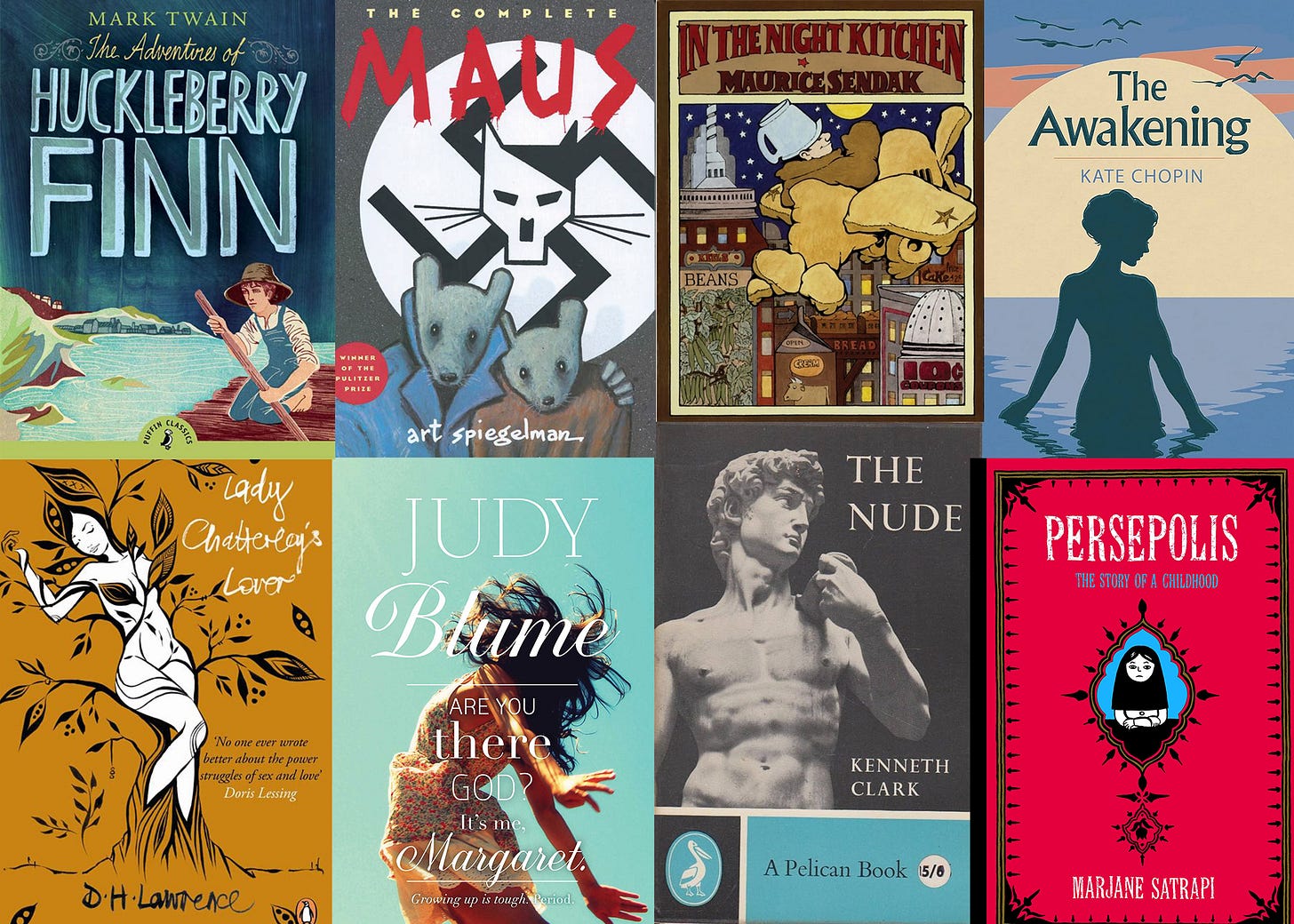

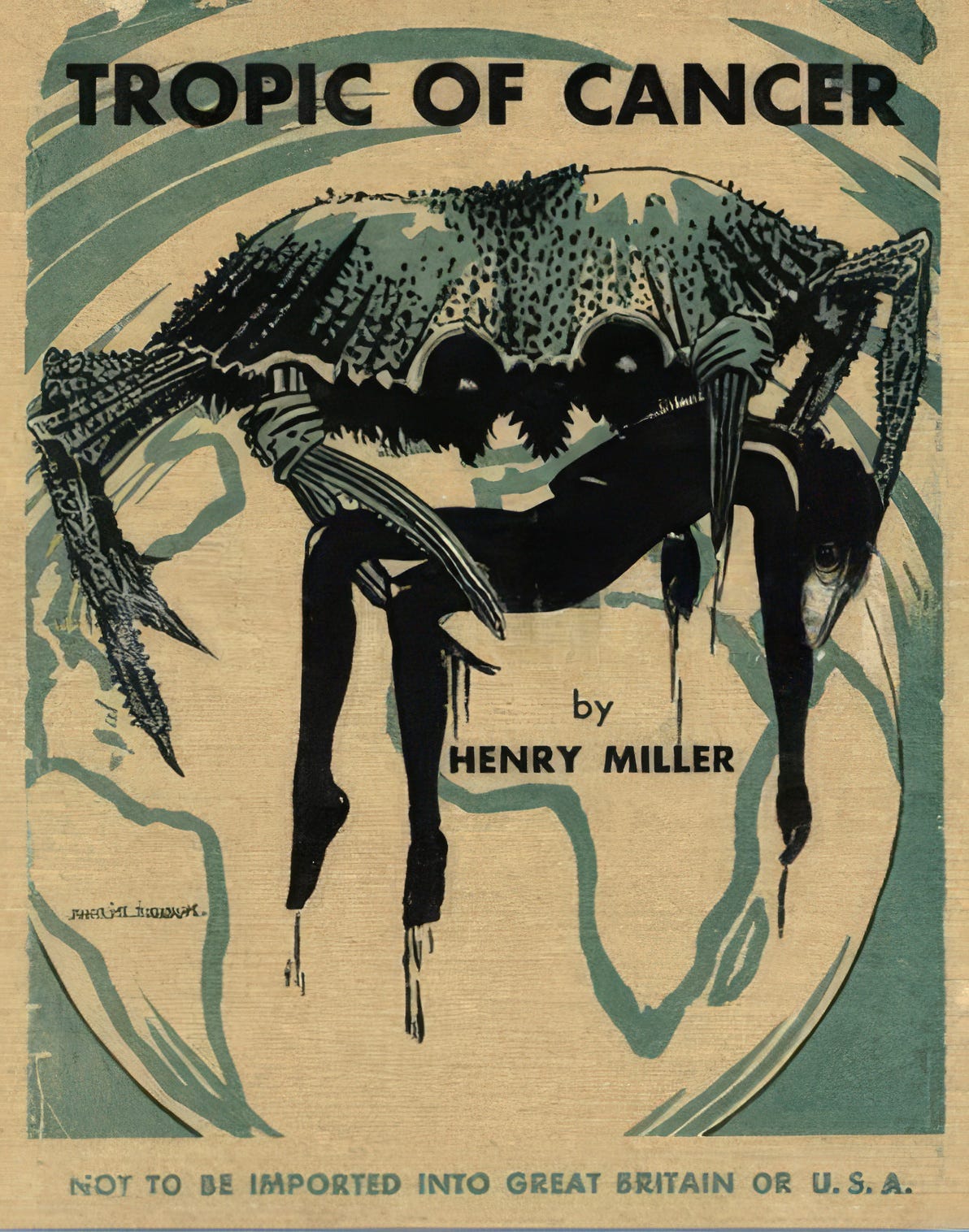

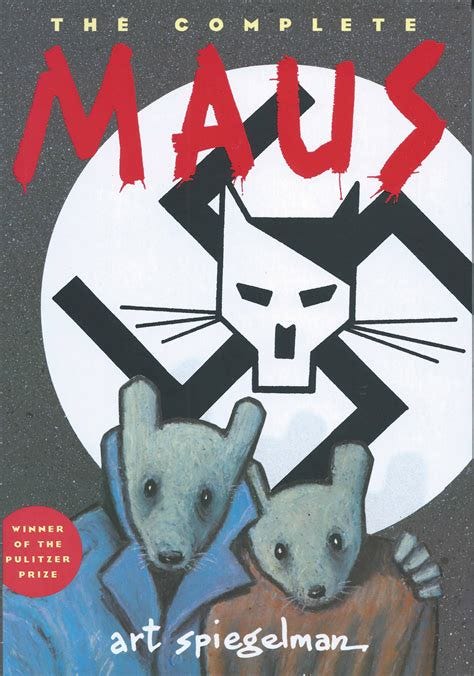
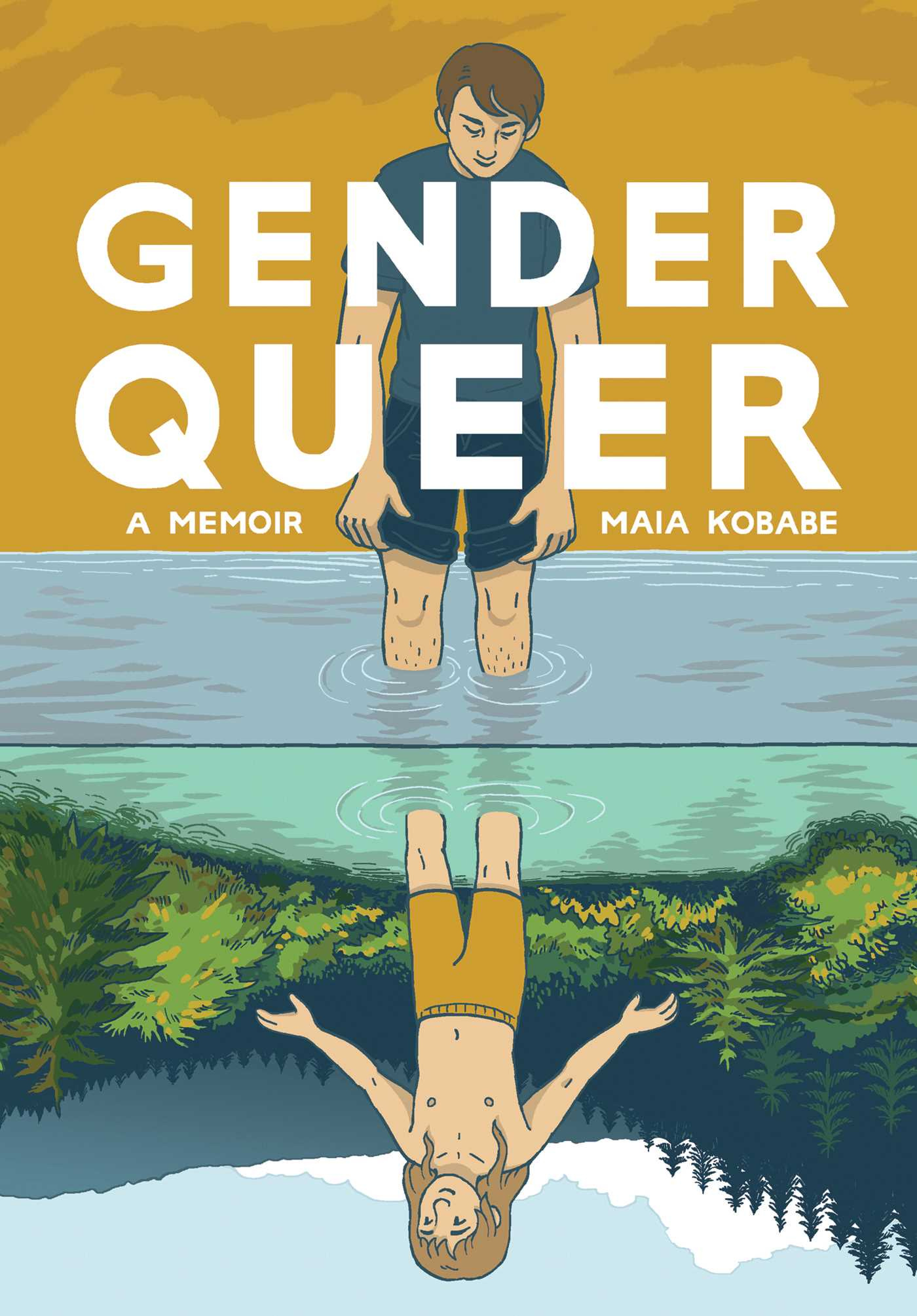

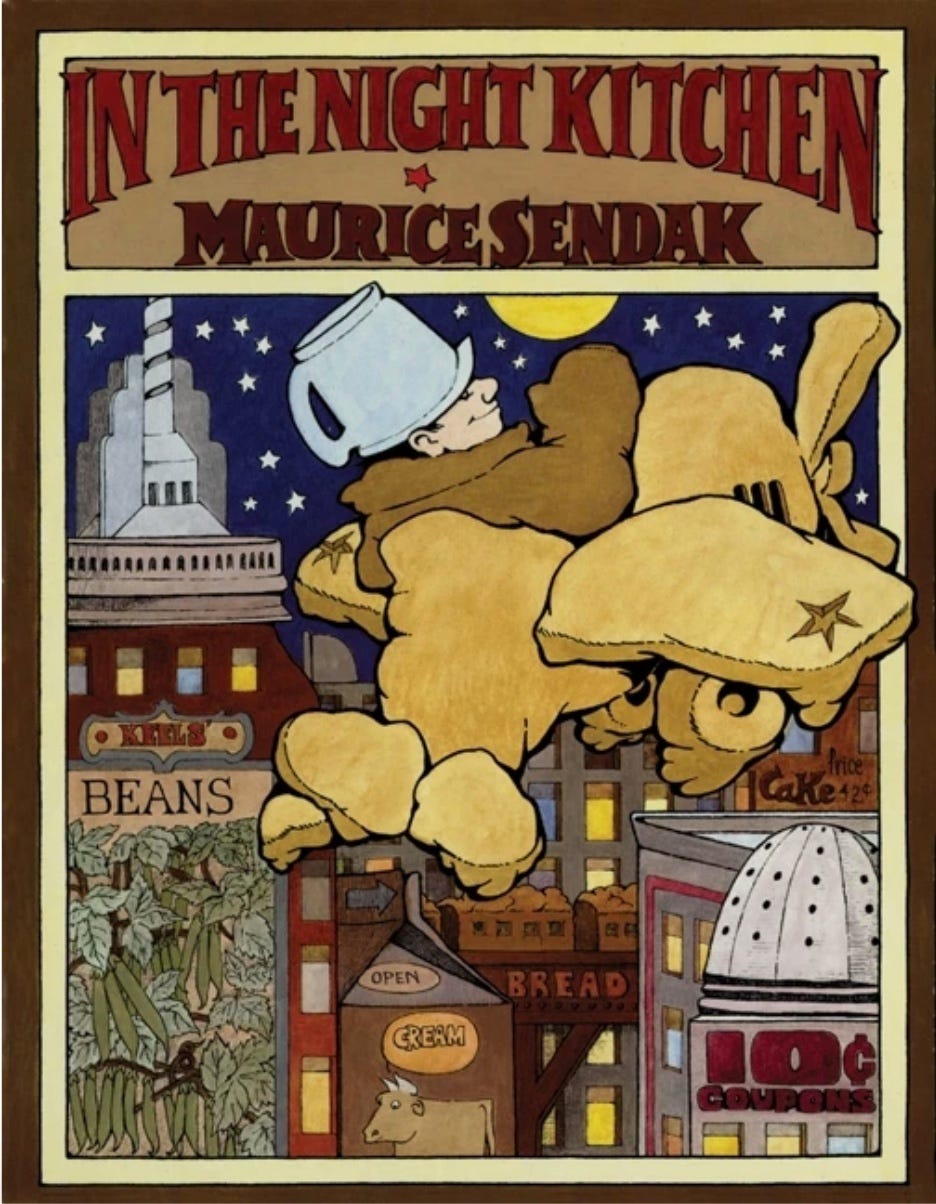
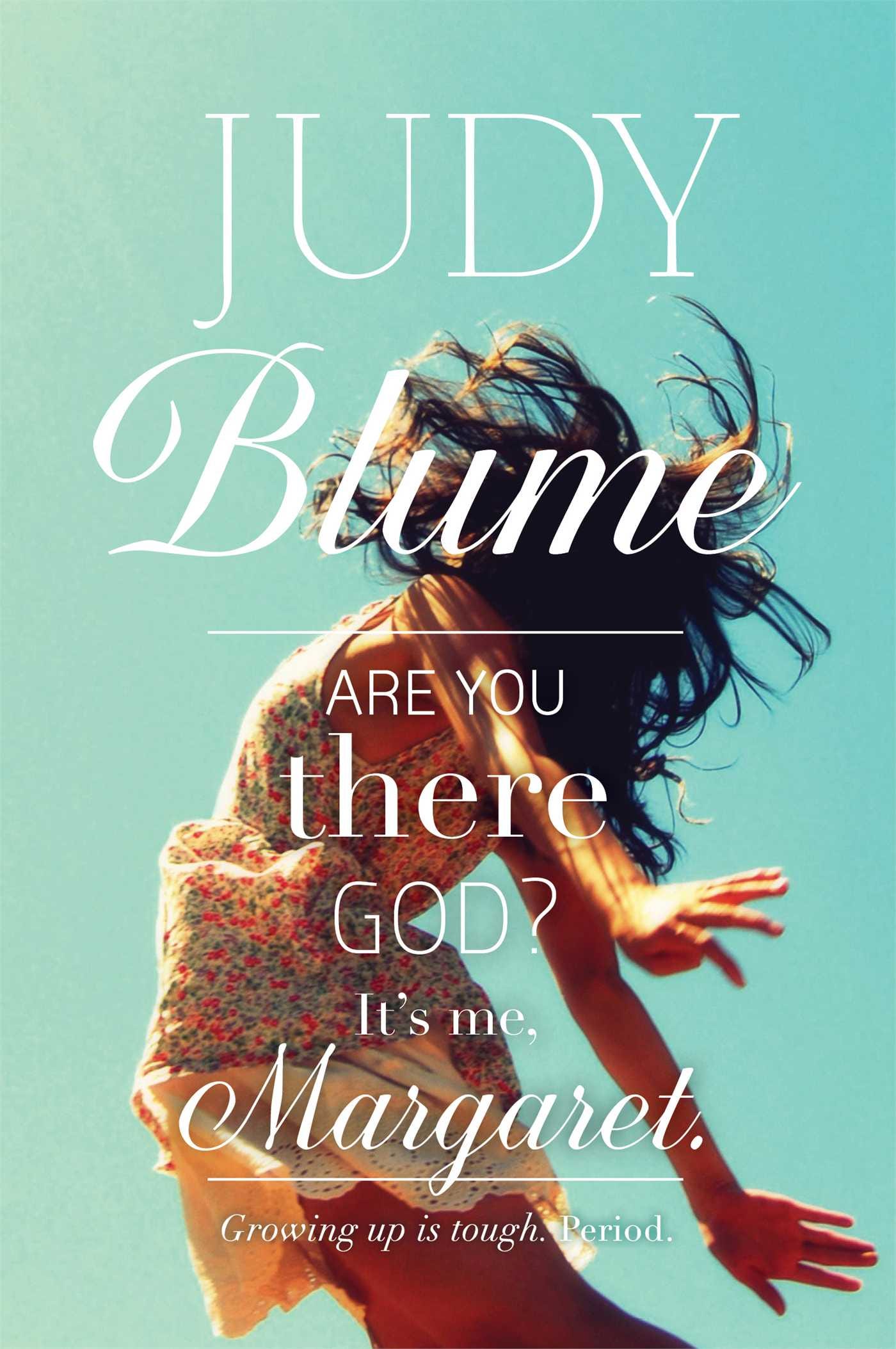
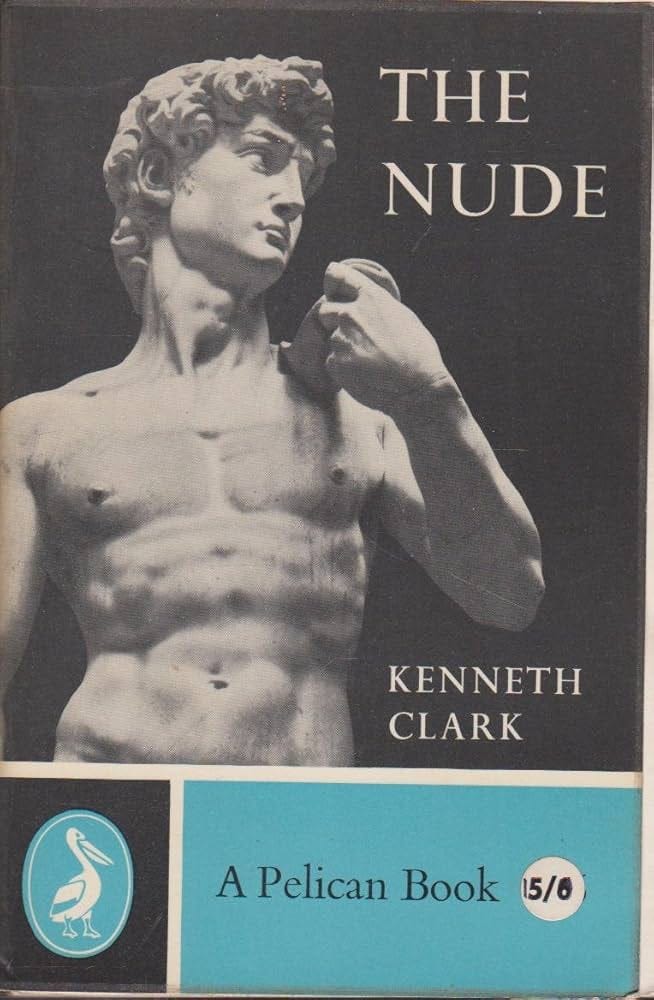
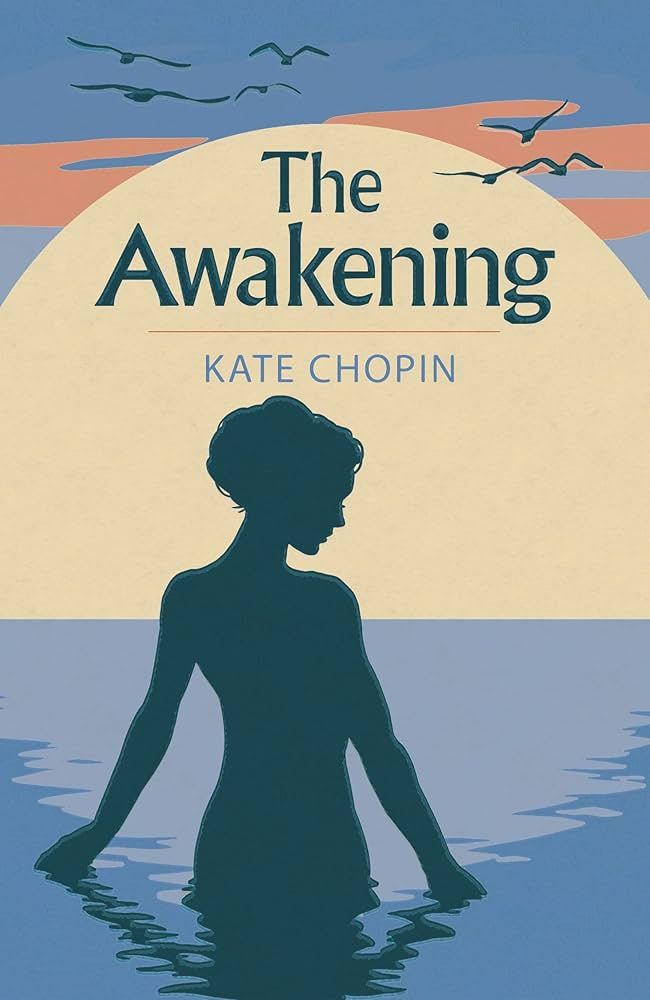

There seems to be a negative shift ( MAGA America and other places too) away from Critical Thinking. I have a family member who moved his entire family away from one educational system to another, because of that shift.
Having a book banned is never a good thing, but it's nice to see Maurice Sendak's brilliant picture book, "In the Night Kitchen," recognized here.
Maurice and I were friends, in and out of touch from our meeting in 1980 until his passing in 2012. He wasn't one to shy away from depicting childhood nudity as natural, innocent, and sometimes joyful. Check out his work in these lesser-known titles which, to my knowledge, were never banned:
Maurice Sendak's elaborate paintings for his own "Outside Over There" (1981) include a 2-page spread of dancing naked babies; more accurately, they're goblin imposters pretending to be babies.
His delicate pen-and-ink drawings for Randall Jarrell's "Fly By Night" (1976) show a young boy who flies nude late at night (or dreams that he does?). Jarrell's writing is absolutely beautiful, and paired with Sendak's drawings it makes for a truly lovely little book.